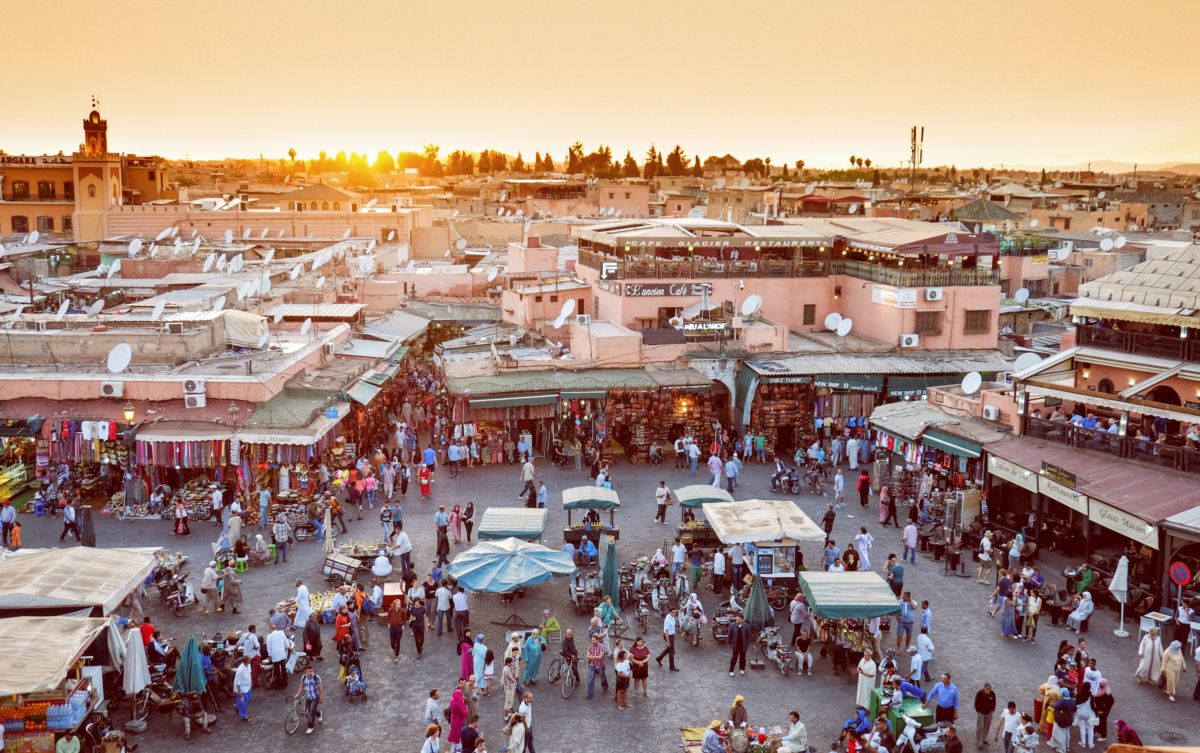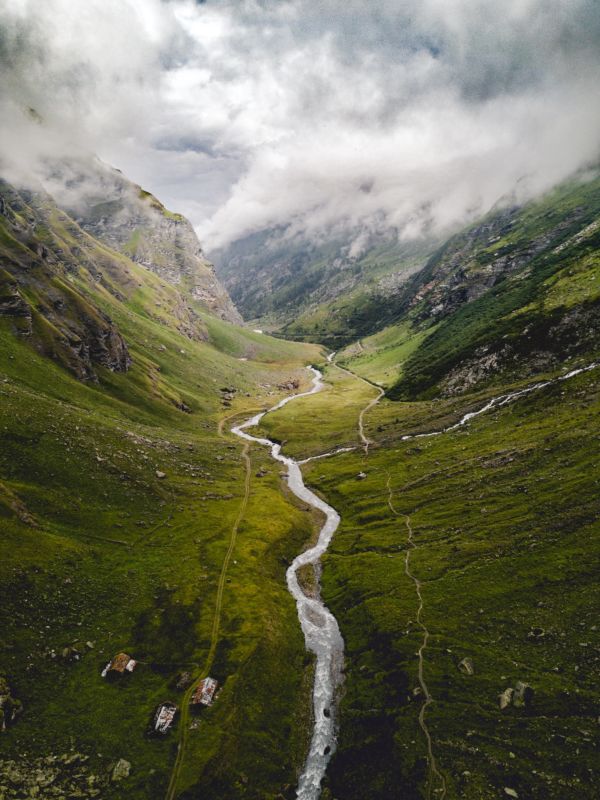Are you living or working in your correct environment and what does that mean? In this article, we look at environment through the Human Design lens.
This past year we’ve become more intimate with our environment. It’s become patently clear how important our environment is. Families were spending more time together at home, or perhaps in pods, later on. Many people have migrated into a remote-working and remote-learning model. We didn’t have the usual escapes and distractions, through dining out, social gatherings, travelling, etc. Yes these are pleasures; they can also be used to “take a break” from challenging situations and relationships, to the point of not realizing that we are in incorrect environments.
So what is environment refer to in Human Design? It is a geographical location, as well as the qualities of a place. Some people love living in urban centres, others more off-grid. Perhaps you love being in the mountain or at the seashore. Different kinds of environments, as described in Human Design, can exist in the same place.
Why is being in the correct environment important According to Human Design?
Your correct environment is about diminishing resistance in relation to the other. We can’t live our lives without the other. You might be in a certain environment and nothing happens, but later you are in a different one and a connection happens.
Steve Rhodes, Bhan Tugh
The correct environment, according to Human Design, is where we are nurtured, where we meet the least resistance, where our uniqueness and differentiated forms are supported and embraced…We nourish the inside through the correct dietary regime and the outside through our environment. As children our environment is less central though being in our correct environment can support us when we are feeling ill, for example. Environment becomes important after our first Saturn Return around age 28-30, when we become an adult and when we discover and live our purpose.
Environment has a protective quality. It protects our aura and vehicle’s longevity. Why? Because a correct environment means the least resistance to our body and form.
The Left & Right Environments
Left and right, in Human Design, refer to active and receptive respectively. For someone with a left environment orientation, being busy and being in an environment that brings out activity for them is correct. My design is left environment. So a correct environment has qualities that call me out to be busy, busy doing what I love. Not busy for the sake of being busy, or other incorrect reasons and motivations. In an incorrect environment, I don’t have the energy to be busy with my work and leaves me more open to incorrect conditioning.
Right environment people are nourished when they can relax and chill. They are not meant to be active. So if you are a right environment person and people call you a couch potato, answer “why yes, you are correct!” While left environment people are designed to be focused, right environment people are designed to take in what’s going on. One’s the observed; the other, the observer.
The Six Environments
The first three types of environments in Human Design are hardscapes and the latter three are landscapes.
People with the first three environments are indoors people. They do not need to spend their entire day inside or in a shelter-like place. They will know when by following their inner guidance. Whereas it is healthier for the other three groups to be more consistently in their correct environment. The three landscapes have a specific view, relating to height, oxygenation, acoustics, etc. What’s correct for us our body knows and it’s a matter of making decisions being aligned with the body/vehicle. However, most of us are making choices from our mind and so it’s rather distorted.
| Observed/Left | Environment (Design Nodes Colour) | Observer/Right |
|---|---|---|
| Selective | Caves | Blending |
| Internal | Markets | External |
| Wet | Kitchens | Dry |
| Active | Mountains | Passive |
| Narrow | Valleys | Wide |
| Natural | Shores | Artificial |
…the whole thing about environment is that it is the bedrock of your material success in life….It is a key at the material world. The longevity of the vehicle, the well-being of your life over a long period of time isn’t just dependent on physical matters. It’s dependent on resources. If you don’t have resources, your vehicle can deteriorate because you cannot nourish it with what’s necessary. Those resources within the context of how we live, this is the material life. This is what you do in the material plane.
Radical Transformation
The Environments Briefly
The structure of Human Design information is based on the Hexagram and its six lines. The environment is information on our nodes. Below is the description of the six colours and the six environments. Do you know which is your correct environment according to Human Design?
- CAVES – This is an environment with only one entrance and provides security. It can be a car, for example. A Caves person is the gatekeeper of what comes in and goes out and is designed to be indoors. Selective Caves is best one-on-one and specific about who enters, while Blending Caves is a mix of environment and blend with people so having an open door works.
- MARKETS – These people are urbanites, be where the action is, and out in the marketplace (external) or work from home (internal). They love mingling with people in a place with lots of choices.
- KITCHENS – This environment has to do with level of humidity (wet or dry). These are creative environments where transformations occur. If you are a Kitchens person, maybe hanging out in the kitchen is something you love doing.
- MOUNTAINS – Mountains have thinner air so low level of oxygen is correct. There is also a good view of what’s going on. Mountains people are less social, more aloof, and independent. Think of the conditions of living in the mountains as opposed to city centres. They are likely to be more sensitive to the quality of their environment, such as how pure the air is. Active or passive reflects activity level. Mountains also refer to higher ground physically and philosophically.
- VALLEYS- Valleys people to connect and integrate with the world (universalizing). It’s a place where you are meeting the flow and movement of people and information. Unlike Mountains, this environment has a high level of oxygen, as well as pressure and sound. Narrow is focused sound and wide is dispersed.
- SHORES – Artificial shores are manmade such as park bordering a city, while an example of natural shores is seashore. There is the horizon to look toward and beyond.
Finding Your Environment
You can generate your bodygraph to uncover your correct environment on websites such as MyHumanDesign.com and GeneticMatrix.com. If you are familiar with Human Design, it is the colour of your Design Nodes. Colour 1 = Caves, Colour 2 = Markets, and so on. Do note that an accurate time is important. You also can’t force being in the correct environment. The key is aligning with your design through following your Strategy and Authority. This will naturally lead you to being in an environment that is correct for you.




